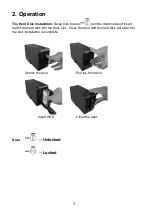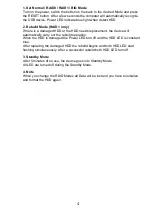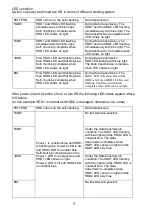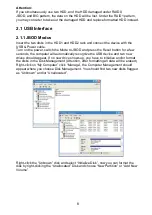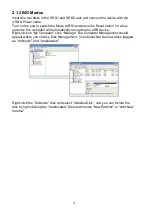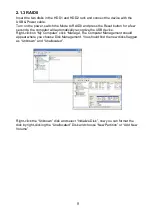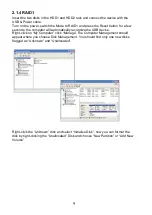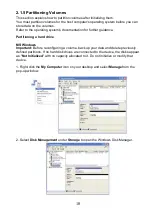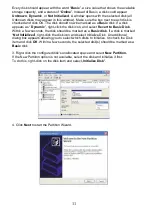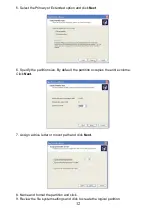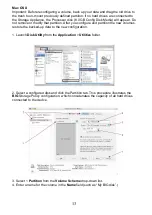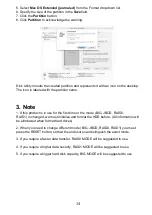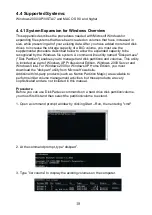
17
RAID0
The RAID0 storage policy distributes access across all hard disks, also called
striping. RAID0 presents the best data speed but no data redundancy. RAID0 storage
policy accelerates hard disk operating speed by using many disks in parallel. Hard
drive data segments are written to different disks simultaneously which increases
performance while sacrificing data redundancy. To implement the RAID0 storage
policy, the device creates a single virtual volume that is striped across both hard
drives, with a storage capacity that is equal to the sum of both hard disk drives.
RAID1
The RAID1 storage policy stores all data in duplicate on separate drives to protect
against data loss due to drive failure. One drive mirrors the other at all times.
Every write operation goes to both drives. RAID1 provides the highest level of data
protection for critical data that you cannot afford to lose if a hard drive fails, but halves
the amount of storage capacity because all data must be stored twice. The resulting
storage capacity of the virtual RAID1 volume will be equivalent to the size of one hard
drive (if both drives are the same) or the smaller of the two drives (if they are
different). If one drive fails, the RAID1 volume is still usable, but it is in a vulnerable
state because its mirrored hard drive is inaccessible. When the offline drive comes
back online, the appliance begins a rebuild process immediately to restore data
redundancy. Although the volume remains available during the rebuild process, the
volume is susceptible to data loss through damage to the remaining drive until
redundancy is restored at the end of the rebuild and verification process. Host access
takes precedence over the rebuild process. If you continue to use the SAFE volume
during the rebuild, the rebuild process will take a longer time to complete, and the
host data transfer performance will also be affected.

